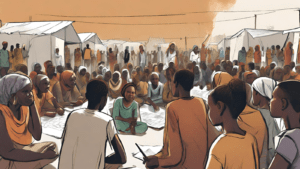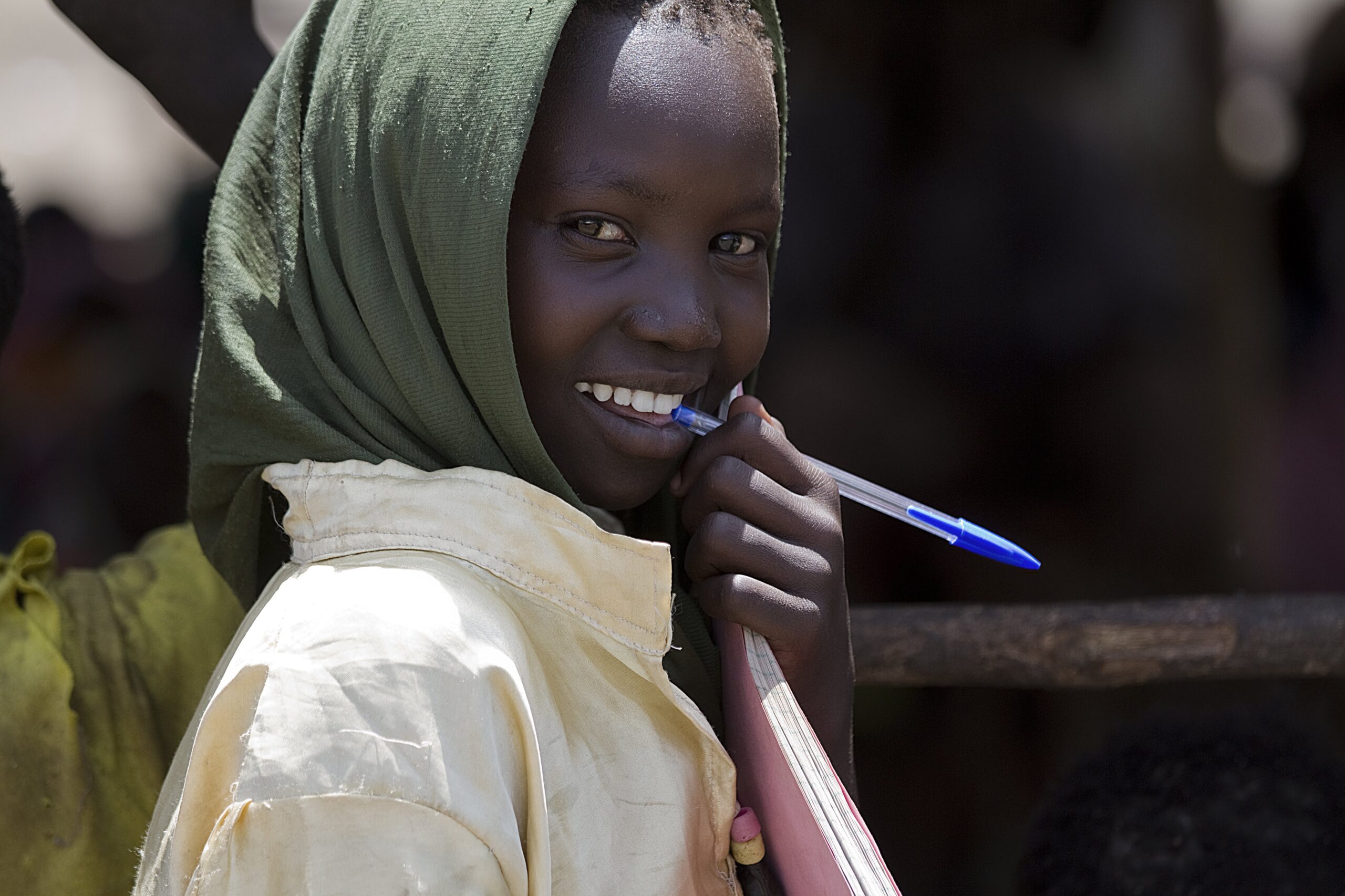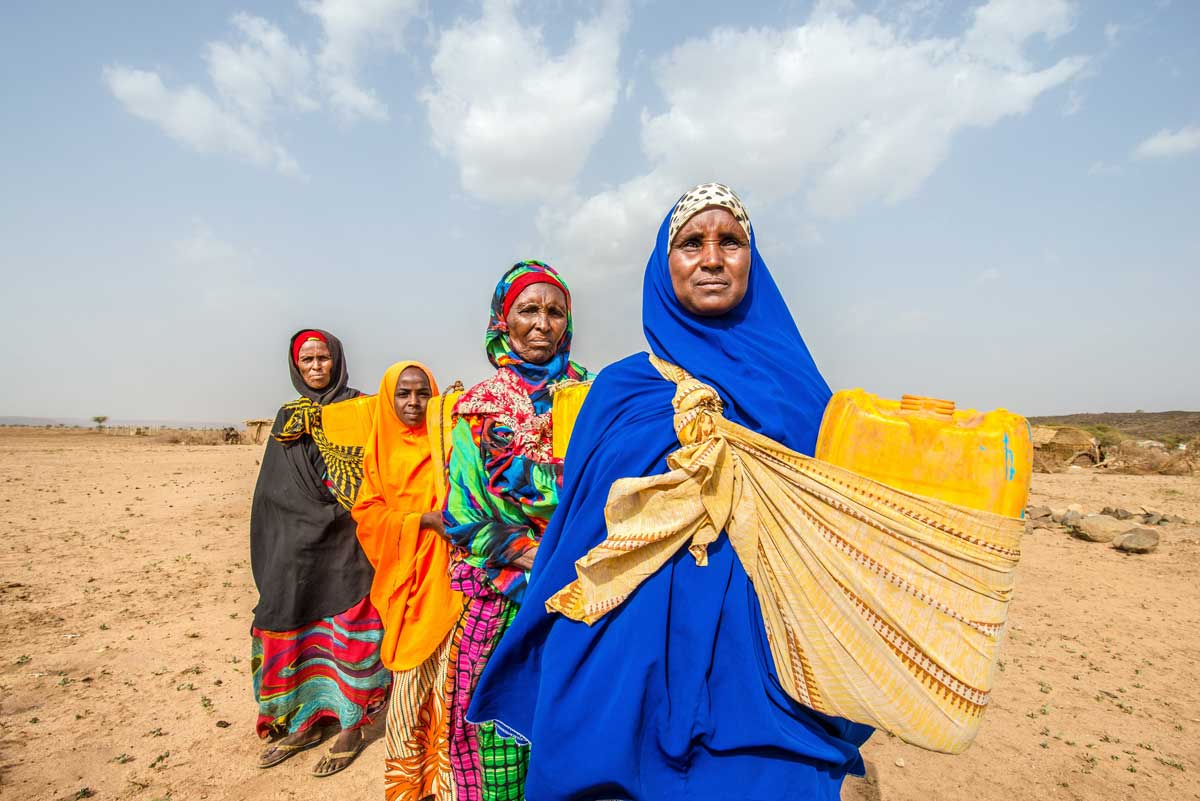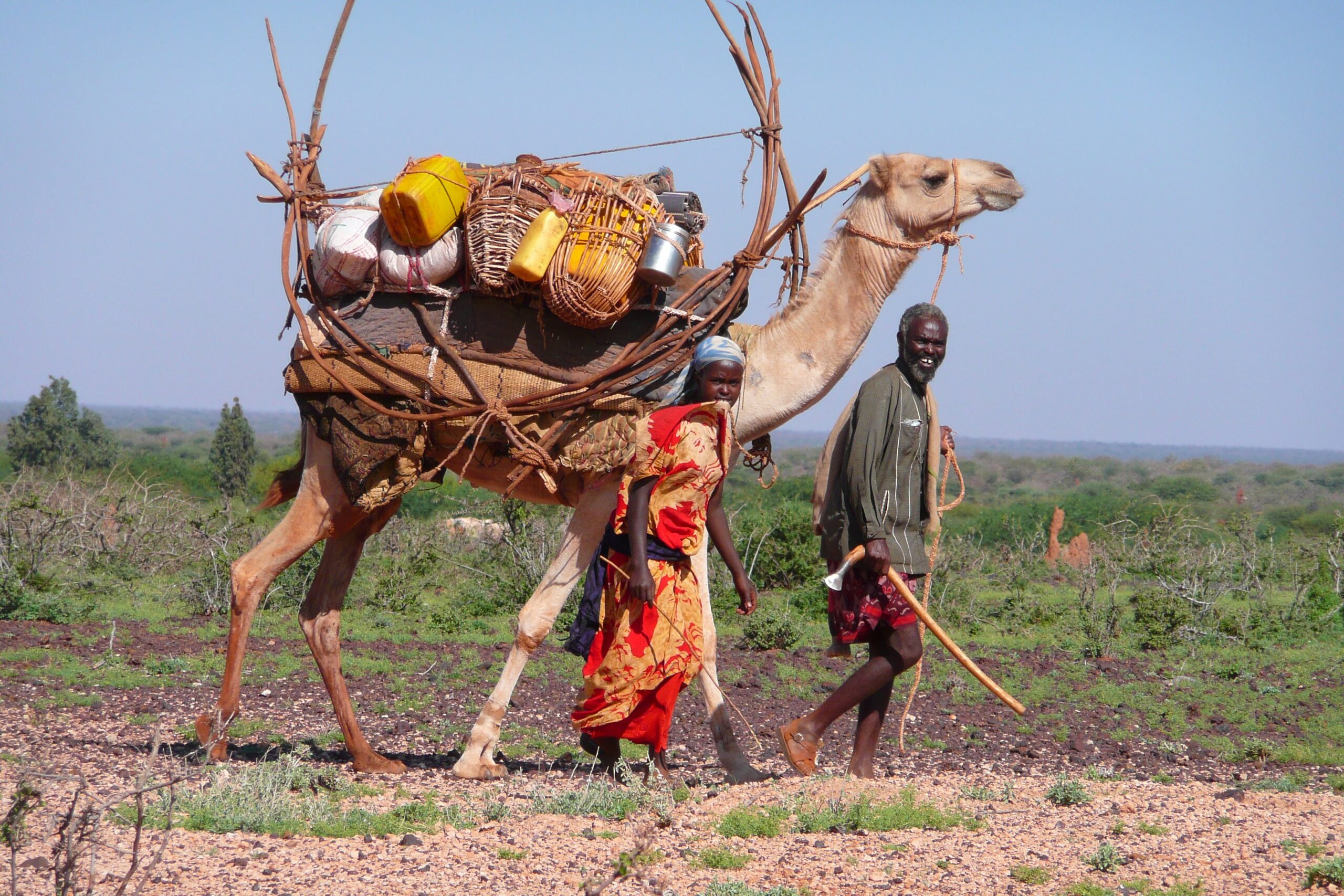The world commemorates World Cities Day on the 31st of October each year. The day is meant to draw global attention to cities’ roles in promoting sustainable development as framed by sustainable development goal 11 (SDG 11). Sustainable cities and communities are ones in which – among other things – people have access to adequate, safe, and affordable housing and basic services and are safeguarded from disasters that cause physical and material loss.
Consequently, the Regional Durable Solutions Secretariat (ReDSS) is pleased to launch the second phase of its study, Listening to Displacement Affected Communities Over Time: Understanding the Intentions and Aspirations in Support of Durable Solutions (Baidoa, Kismayu, and Mogadishu) – hereinafter referred to as Aspirations Survey.
Insights from the Aspirations Survey
This study – conducted in 2021 – is a sequel to the first one published in 2020. While the second phase was conducted in 2021, it has useful insights relevant to urban planning and durable solutions in 2022 and beyond. The following are key insights relevant to making cities and communities in Somalia more sustainable:
- Demand for services in urban areas is likely to outstrip supply: The Aspiration Survey found that IDPs that move into urban areas are likely to stay. In 2021, when the data for the second phase of the Aspiration Survey was collected, Baidoa, Kismayu, and Mogadishu accounted for 43% of all new displacements recorded that year. The Aspiration Survey found that 9 in 10 IDPs in these locations intended to stay in those locations. Their top two reasons for this were their perceived high sense of security (8 in 10) and access to employment and livelihoods (about 3 in 10). In Baidoa, IDPs ranked access to food sources as highly as they did access to employment. If IDPs stay as they intend to, it will likely increase demand for services in cities with a limited supply of the same. Consequently, there will be increased competition for services noting that the displacement levels as of September 2022 are 38% higher than those recorded for the entire year in 2021.
- While access to employment and livelihood is a major reason why IDPs move to cities, they often face precarious livelihood situations: access to work was cited by IDPs among the reasons they prefer to stay in the urban areas of Baidoa, Kismayu, and Mogadishu. However, the Aspirations Survey found that more than half of the IDP population, as do the host community, relies on casual labour, which is unreliable and unsustainable. About half of the IDP population and a third of the host community population were dissatisfied with their primary livelihood activities – of which a majority was through casual labour – because it provided low compensation. They resulted in negative coping mechanisms such as saving less, reducing expenditure on productivity-related products such as education and health, borrowing that further reduced their already limited income, and selling off assets. According to a recent study, IDPs may face additional hurdles such as labour violations in cities where labour law enforcement requires strengthening. Consequently, IDPs that already make little to cover their necessities make even less and are less likely to achieve self-reliance without external support.
- Access to land tenure is critical in promoting inclusive and sustainable cities in Somalia: IDPs often settle in private land when displaced to urban areas. Often, they lack documentation that secures the ownership or use of the property they decide to reside on. Almost 9 in 10 IDPs lack ownership or occupancy documents in Baidoa, Kismayu and Mogadishu as found by the Aspirations Survey. This exposes them to the risk of eviction, especially in cities like Mogadishu, with a forced eviction rate of 80%, leading to secondary displacement. We know from the 2019 World Bank report on informing durable solutions to internal displacement in Somalia that IDPs that have experienced multiple displacements have higher incidences and depth of poverty as compared to those that have been displaced once. In an unpublished ReDSS Contested Land Study, a lack of a coherent land governance regime contributes to limited access to the security of tenure by IDPs and their host communities.
In light of the foregoing, some actions that the Somali government (National and Federal State levels), United Nations Agencies, Programmes and Funds, and non-governmental organizations can do to make Somali cities more inclusive, safe, resilient and sustainable. These include:
- Engage displacement-affected communities (including IDPs and host communities) in the development, monitoring and evaluation of community action policies and plans linked to budgeted district development plans. This will provide a people-centred and led approach to identify priority needs in the face of high demand with limited resources. It is important to take a whole population approach that includes both IDPs and the host communities in the planning process. The Aspiration Survey found that sharing resources between these two groups is a positive element in fostering social cohesion and promoting sustainable integration.
- Invest in interventions that promote security and resilient livelihoods in locations of origin: The supply of well-paying livelihood activities in urban areas is not commensurate with the demand. While local integration is suggested as an approach by the fact that IDPs are unlikely to leave the areas they arrive in, addressing security and resilient livelihoods in areas of origin in the medium to long term will likely increase the options for IDPs to willingly return to these areas.
- Invest in interventions that promote transparent and inclusive public finance management systems from the municipalities to the federal level. A key feature of government leadership in promoting durable solutions for IDPs is the utilization of public funds to address the immediate needs while preventing displacement from future events. While international aid is useful in providing support to relevant government agencies that may not have the capacity to fund solutions interventions in the short term, this capacity within the government should be built to make the government’s response to the rights and needs of its citizens more sustainable.
- Address the short, medium and long-term opportunities in improving land governance in Somalia as advised by the Collective roadmap towards a common agenda on urbanization, land and displacement in Somalia published in 2020.
Achieving SDG 11 means creating employment and livelihood opportunities, safe and affordable housing, and building resilient societies and economies. It involves investment in improving urban planning and management in participatory and inclusive ways. Addressing urban planning to ensure basic services meet the growing demands driven by internal displacement, promoting urban and rural economies so that more people have options where to reside after being displaced and promoting access to land tenure security will contribute to solutions for IDPs in urban spaces. It will also ensure that IDPs are not left behind in achieving SGD 11.



